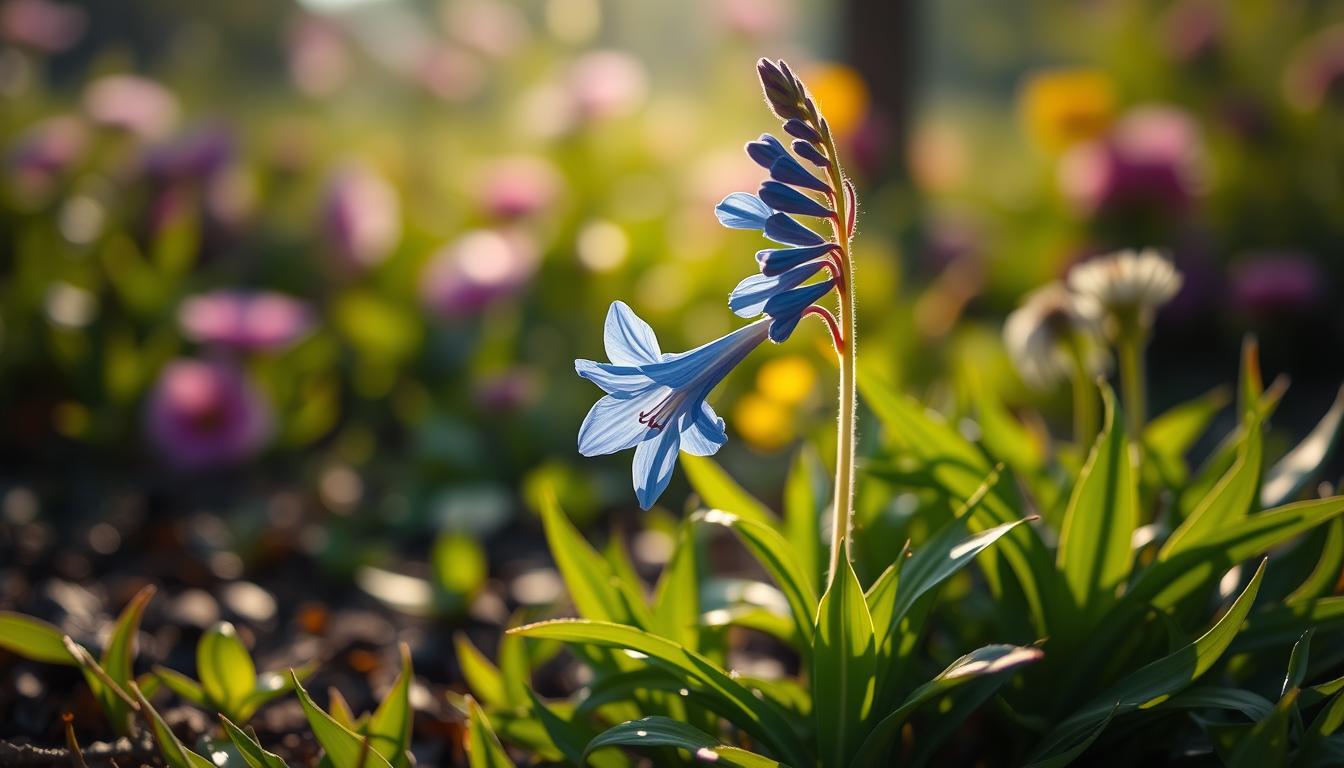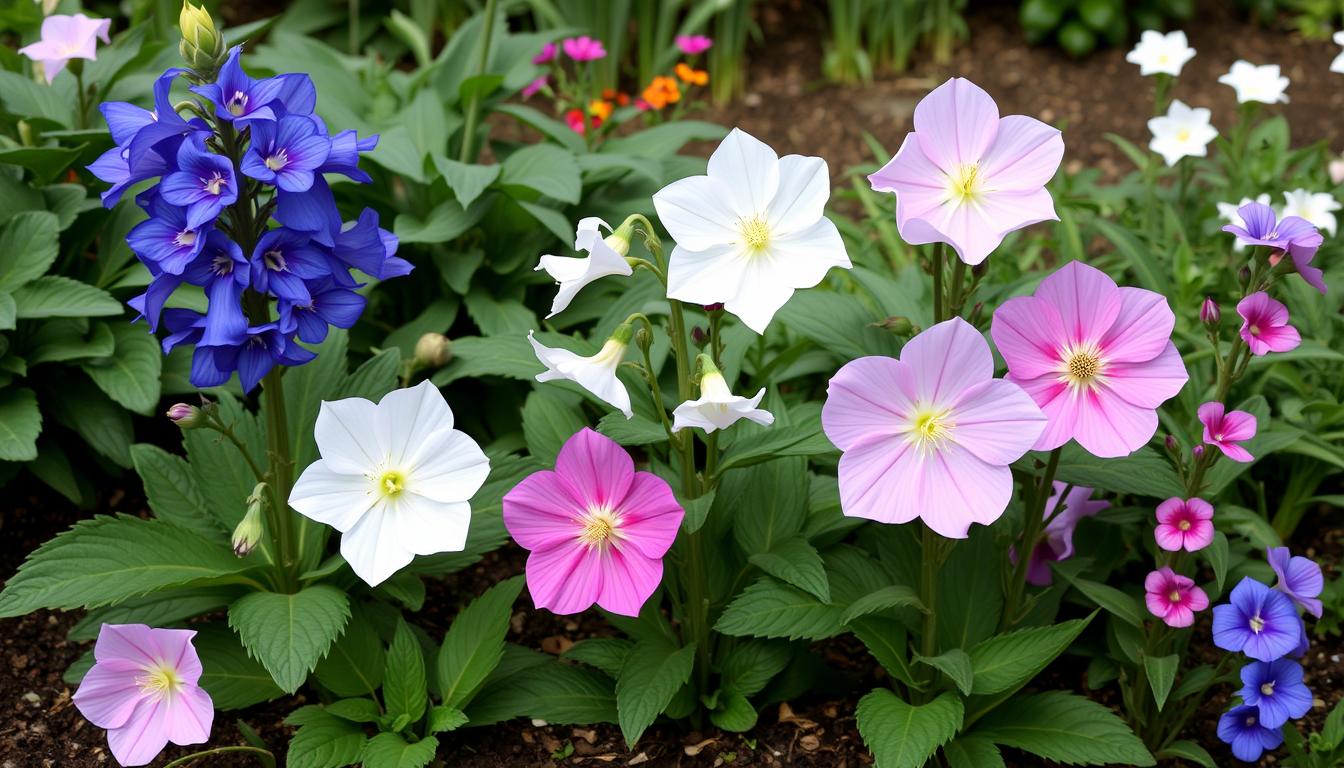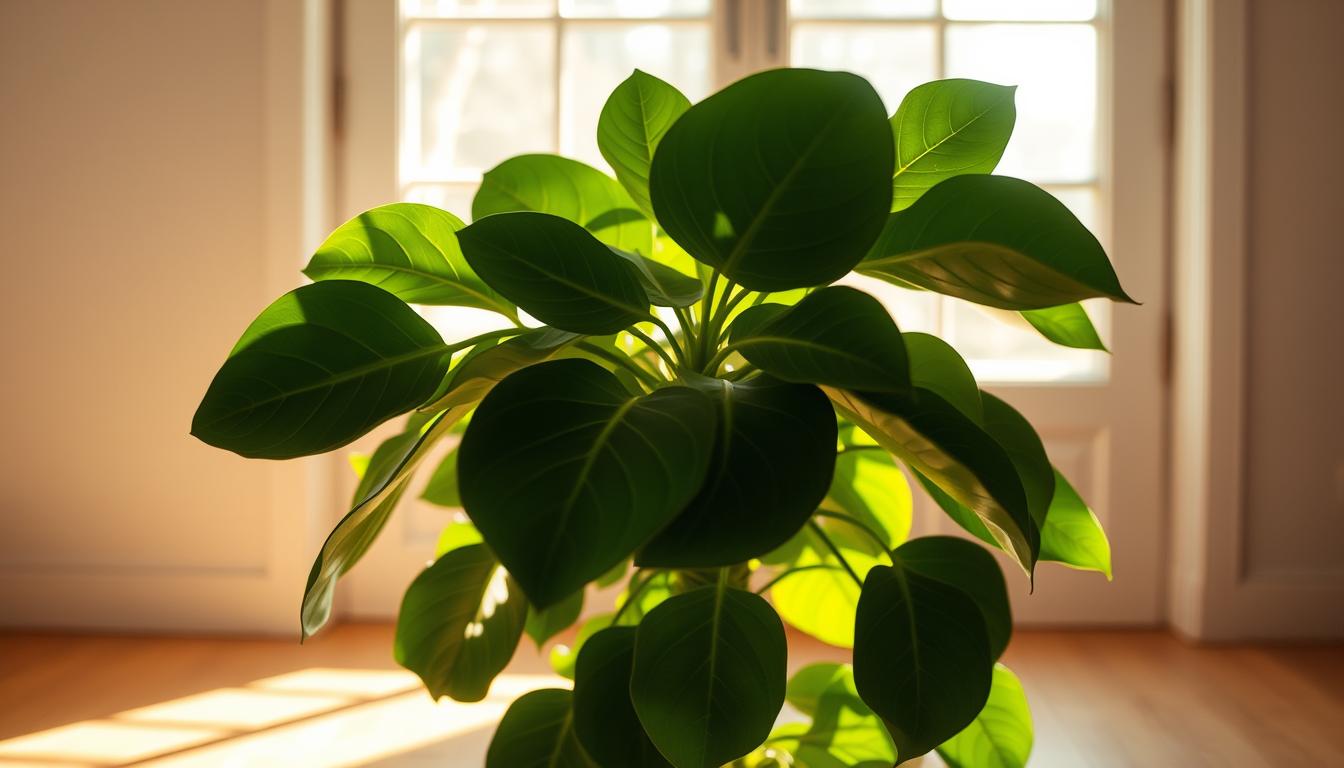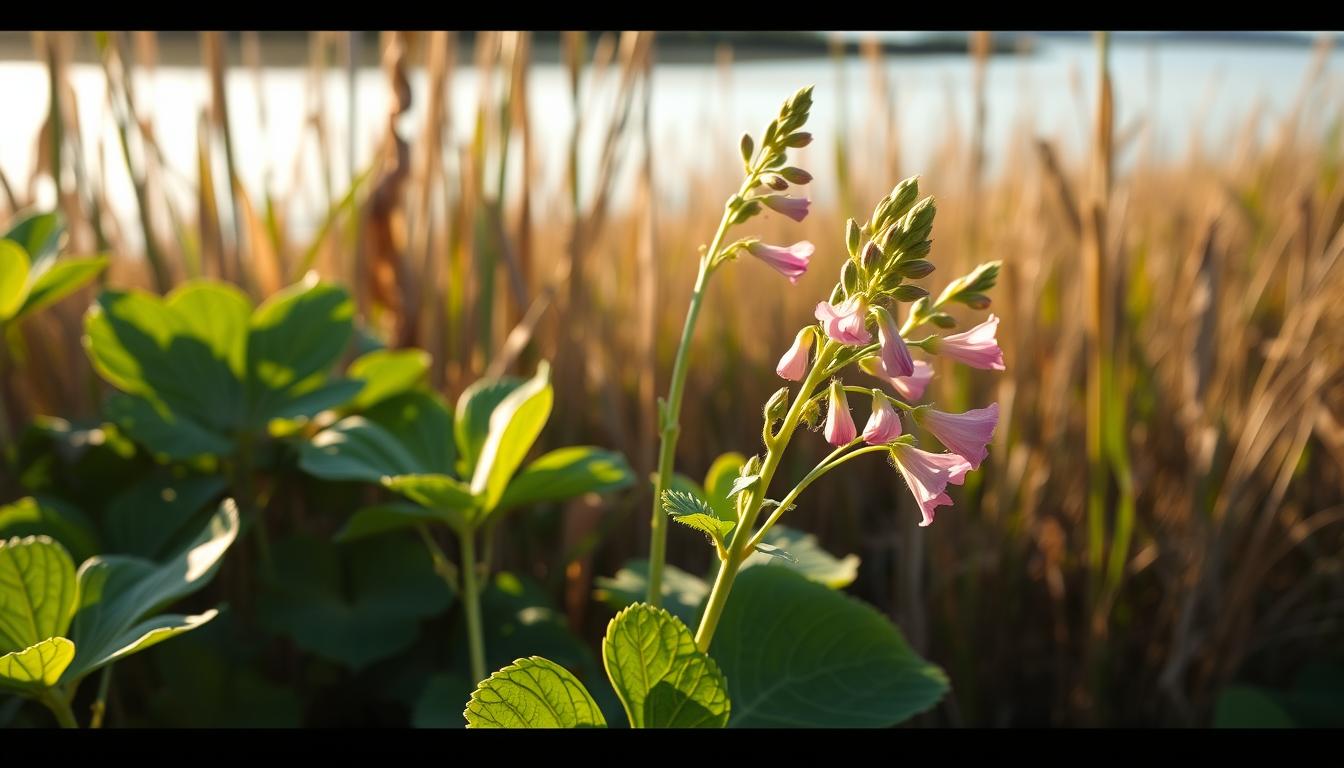How to Grow and Care for Blue Spur Flower
“Flowers always make people better, happier, and more helpful; they are sunshine, food, and medicine for the soul.” – Luther Burbank’s words perfectly capture why cultivating vibrant species like the blue spur flower brings joy to any space. This tropical gem, with its striking blooms and resilient nature, thrives when given precise attention to its unique needs.
Native to Madagascar and parts of Africa, this plant demands bright light and careful watering. Place it near a south-facing window where sunlight pours in generously. Without adequate exposure, growth slows, and blooms fade. Proper care ensures it becomes a showstopper in your home or garden.
Watering is simple but critical. Give it half a cup every nine days if potted in a five-inch container. Overwatering risks root rot, while underwatering causes wilting. Outdoor planting works best in warmer climates, specifically USDA zones 9a to 11b.
Whether you’re a novice or seasoned gardener, understanding its origins shapes success. Mimic its natural habitat: warmth, humidity, and filtered light. This guide will walk you through each step—from placement to seasonal adjustments—to help your spur flower flourish year-round.
Understanding Blue Spur Flower: Characteristics and Native Regions
The blue spur flower stands out with its unique combination of texture and resilience. As a member of the mint family (Lamiaceae), Plectranthus barbatus features velvety foliage that feels remarkably soft to the touch. This trait inspired its playful nickname, “toilet paper plant,” though its appeal extends far beyond practicality.
Distinctive Physical Traits
Mature specimens produce spikes of vivid blue or purple flowers that contrast beautifully with their sage-green leaves. These blooms attract pollinators while adding vibrant color to gardens from spring through fall. The plant’s aromatic qualities, inherited from its mint relatives, make it naturally pest-resistant.
Geographic Origins and Climate Preferences
Originally thriving in Tropical Africa and Madagascar’s warm, humid forests, this spur flower adapts best to similar environments. Gardeners in the U.S. should note its USDA hardiness range (zones 9a-11b) for outdoor cultivation. Morning sun exposure mimics the dappled light of its native habitat, while afternoon shade prevents leaf scorch.
Indoor growers can replicate these conditions using east-facing windows. Outdoor plantings succeed where temperatures rarely dip below 20°F. Recognizing these geographic influences helps maintain the plant’s signature soft leaves and prolific flowering habits.
Essential Tips to Grow and Care for Blue Spur Flower

Success with this tropical species hinges on mastering two elements: moisture management and light optimization. Both factors work synergistically to encourage robust growth and vibrant blooms.
Hydration Balance Techniques
Provide water every nine days—half a cup for plants in 5-inch containers. Let soil dry completely between sessions to mimic natural drought cycles. Overly damp conditions invite root rot, while parched soil triggers leaf drop.
New cuttings demand different treatment. Maintain moist (not soggy) soil during their first month. Check daily—if the top inch feels dry, use water sparingly. This establishes strong roots without drowning delicate growth.
Illumination Strategies
Position pots within 12 inches of south-facing windows. These locations deliver intense sunlight without scorching leaves. Rotate the plant weekly to ensure even exposure on all sides.
In regions with harsh summers, filter afternoon rays using sheer curtains. Morning direct sunlight energizes photosynthesis, while protection later prevents stress. Observe leaf color: deep green indicates ideal conditions, while yellowing signals adjustments are needed.
Setting Up the Ideal Environment for Blue Spur Flower

Creating the perfect home for this tropical beauty starts with two fundamentals: tailored soil blends and strategic container choices. Both elements work together to support vigorous development while preventing common cultivation pitfalls.
Optimal Soil Composition and Drainage
Mix three parts coco coir with one part perlite for soil that breathes while retaining moisture. This combination prevents waterlogging—the leading cause of root rot. For store-bought mixes, stir in a handful of perlite per quart to boost drainage.
Test your blend’s effectiveness: water should flow through the pot in under 10 seconds. If puddles form on the surface, add more aerating materials like pumice or coarse sand.
Potting and Repotting Best Practices
Choose containers 2-3 inches wider than the current root system. Annual repotting refreshes nutrients and gives expanding roots room to grow. When moving plants, gently loosen tangled roots before placing them in fresh soil.
For cuttings, select one-gallon pots and bury two nodes below the soil line. Space outdoor specimens five feet apart to accommodate mature size. Remember: crowded roots stunt growth, while proper spacing encourages lush foliage.
Grow and Care for Blue Spur Flower: Nutrients and Maintenance

Balanced nutrition and timely pruning create the foundation for thriving specimens. While this species isn’t fertilizer-dependent, understanding its needs during different growth phases maximizes results.
Feeding Without Overcomplicating
Fresh potting mixes contain enough nutrients for the first year. Refresh soil annually instead of using synthetic fertilizers. For cuttings or stressed plants, try diluted compost tea every three weeks during active growth.
Organic options like worm castings provide trace minerals without overwhelming roots. Apply a thin layer around the base in early summer, then water thoroughly. This mimics natural nutrient cycles from the plant’s native habitat.
Seasonal Care Shifts
Increase watering frequency during hot months while providing afternoon shade. Reduce hydration in cooler seasons when growth slows. Rotate indoor plants weekly to prevent uneven leaf development.
Pruning transforms single stems into bushy specimens. Remove flower spikes below two leaf nodes using clean shears. This redirects energy to leaves and roots. Repeat every six weeks during the first year to encourage branching.
Mature plants with 30+ branches need minimal intervention. Simply trim leggy stems to maintain shape. Pair these techniques with proper light exposure for leaves that stay lush and vibrant through all seasons.
Troubleshooting Common Issues in Blue Spur Flower Care

Even experienced growers occasionally face challenges with their specimens. Two primary concerns dominate: hydration mishaps and unexpected leaf changes. Addressing these quickly ensures your plant rebounds stronger.
Identifying and Resolving Overwatering and Root Rot
Soggy soil causes more harm than drought. Look for leaves that yellow and droop despite regular water. If the pot feels heavy days after watering, roots might be drowning.
Unpot the plant immediately if rot is suspected. Trim blackened roots with sterilized shears. Repot in fresh, airy soil mixed with perlite. Wait seven days before watering again to let roots recover.
Managing Yellow Leaves and Pest Concerns
Older leaves yellowing naturally? No panic needed. But if new growth pales or entire stems change color, investigate further. Check for pests like spider mites under leaves—wipe them with neem oil using a soft cloth.
Underwatering shows similar symptoms. Test soil moisture before acting. For persistent issues, consider relocating the plant to brighter indirect sunlight. Most problems resolve once conditions stabilize.
Final Thoughts on Creating a Thriving Blue Spur Flower Garden
With its striking blue blooms and velvety foliage, this plant transforms spaces effortlessly. Its drought tolerance lets it survive harsh conditions, but consistent moisture rewards you with lush color and softer leaves. Whether in 15-gallon pots or garden beds, ensure 3-5 feet between specimens for optimal airflow.
New gardeners appreciate its resilience—cuttings root quickly with minimal care. Established plants thrive for years, reaching over six feet tall. Place containers near east-facing windows indoors or in areas with morning direct sunlight outdoors.
Remember: Plectranthus adapts to your routine. Miss a watering? It rebounds. Want bold growth? Refresh soil annually. This species proves that beauty and hardiness coexist, making it a standout choice for any home or garden in USDA zones 9-11.



